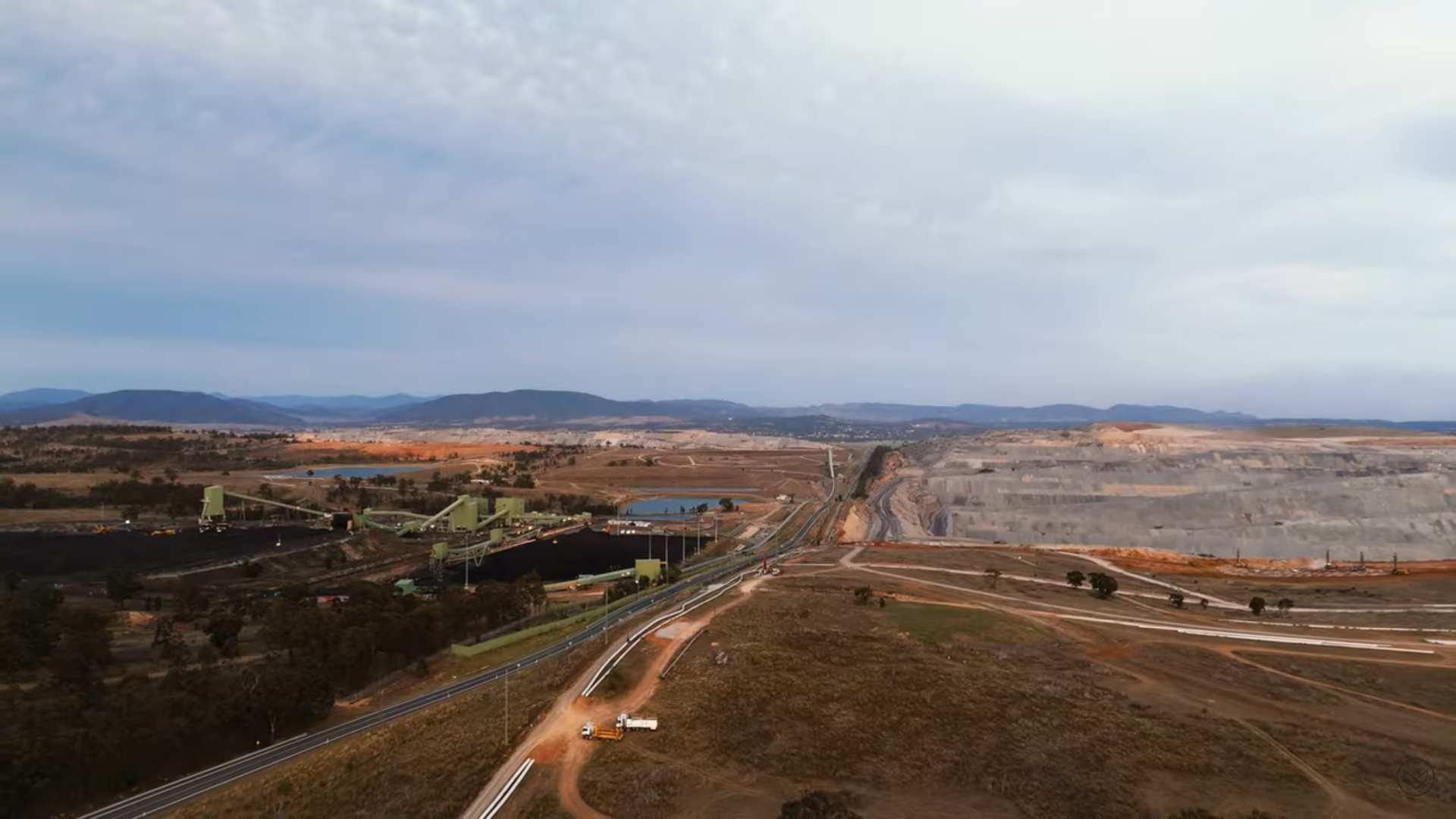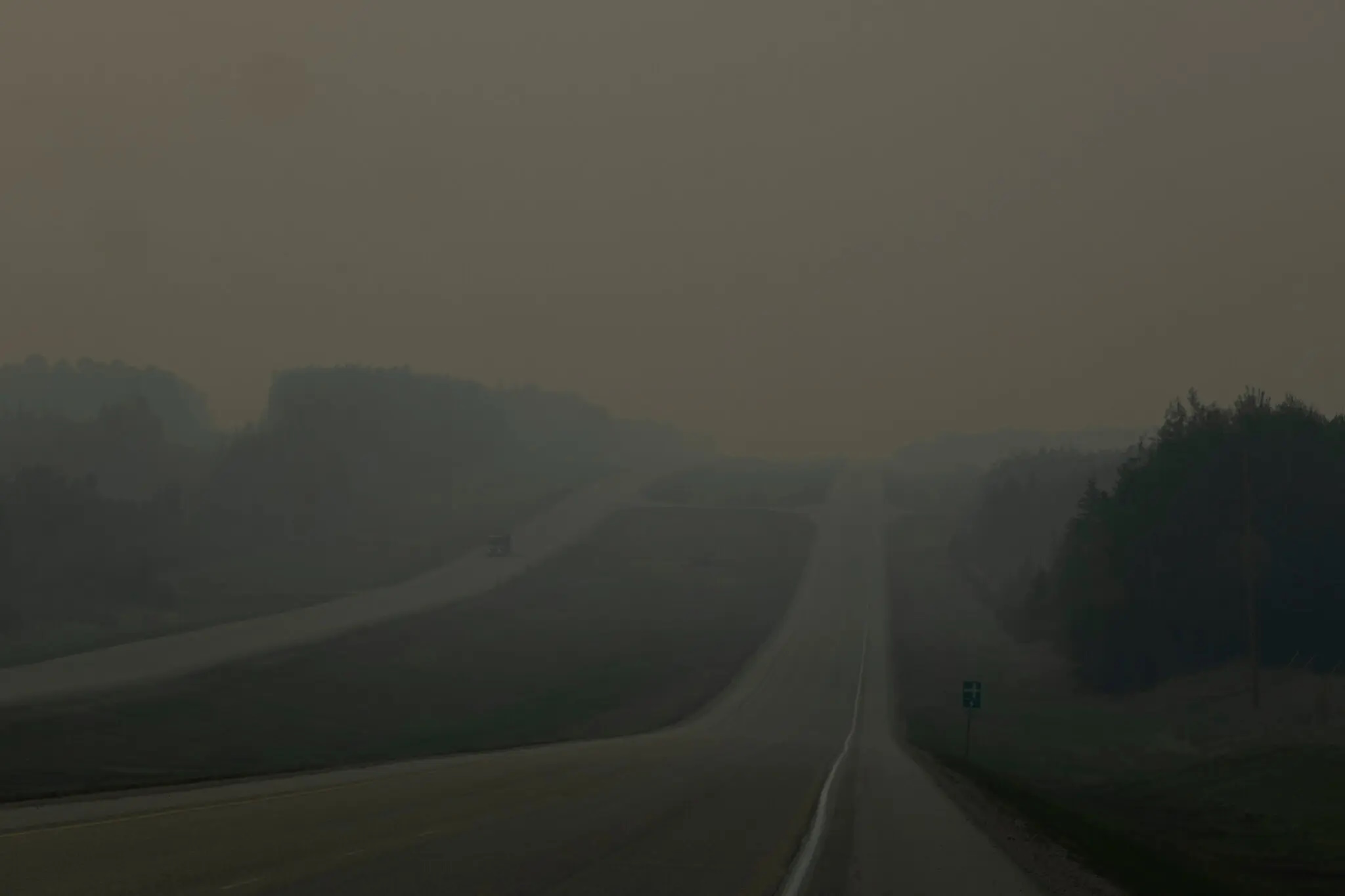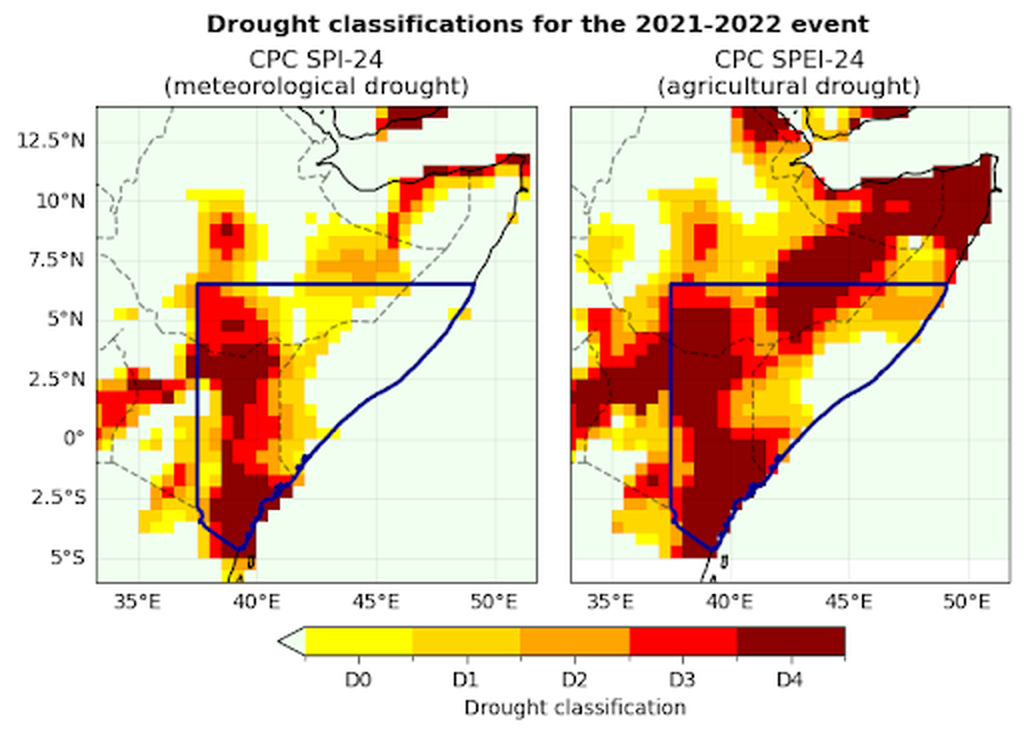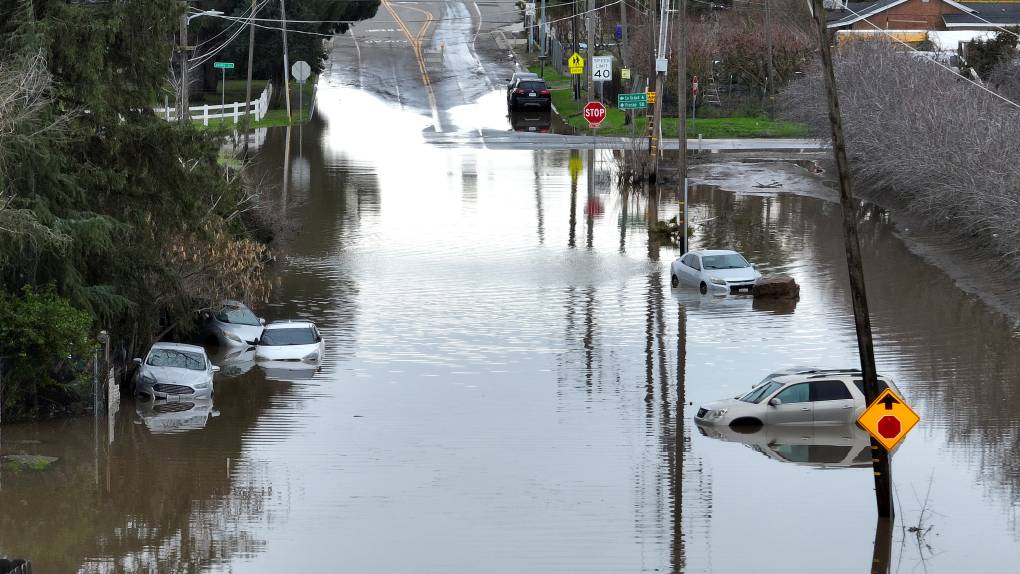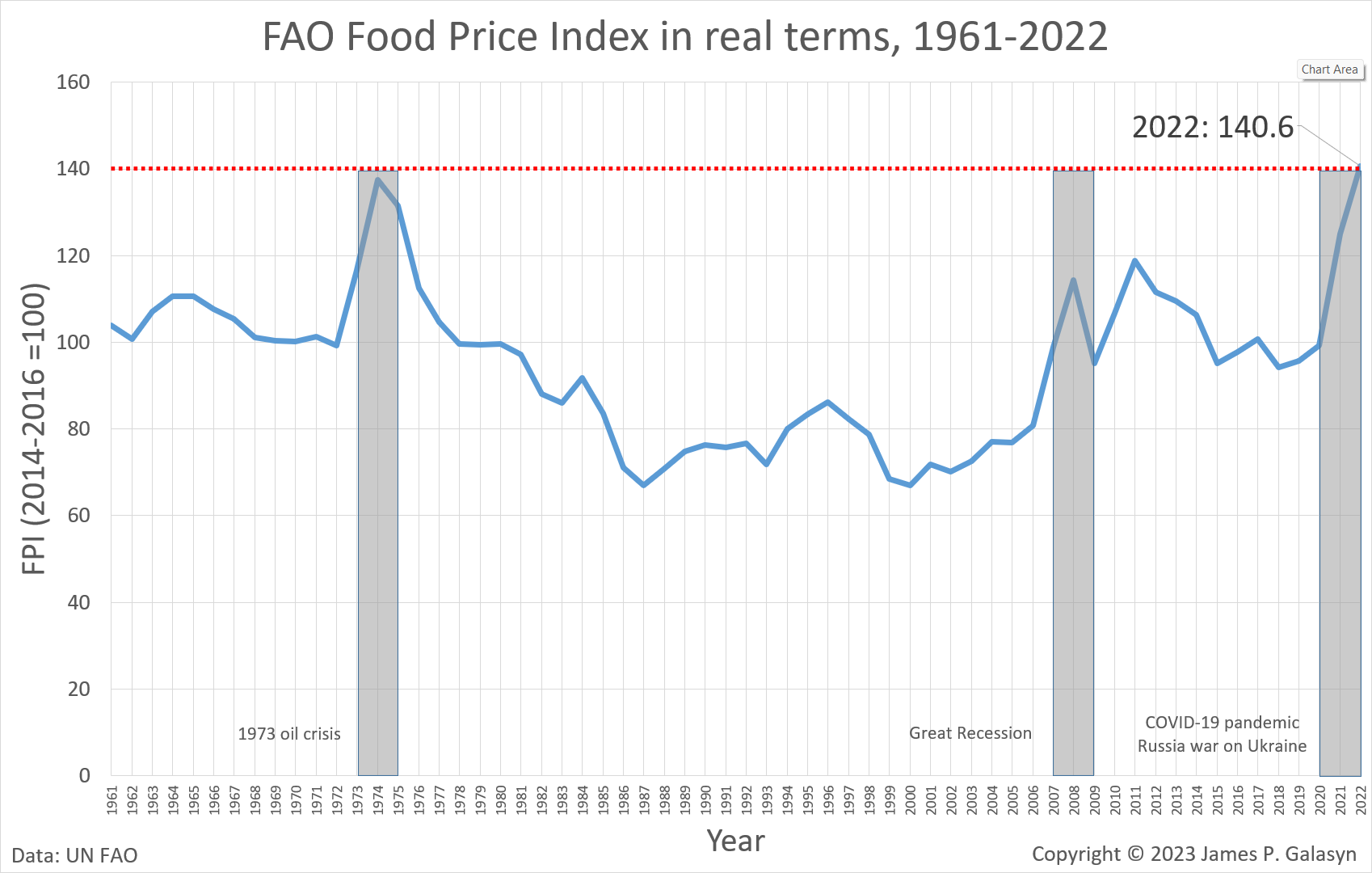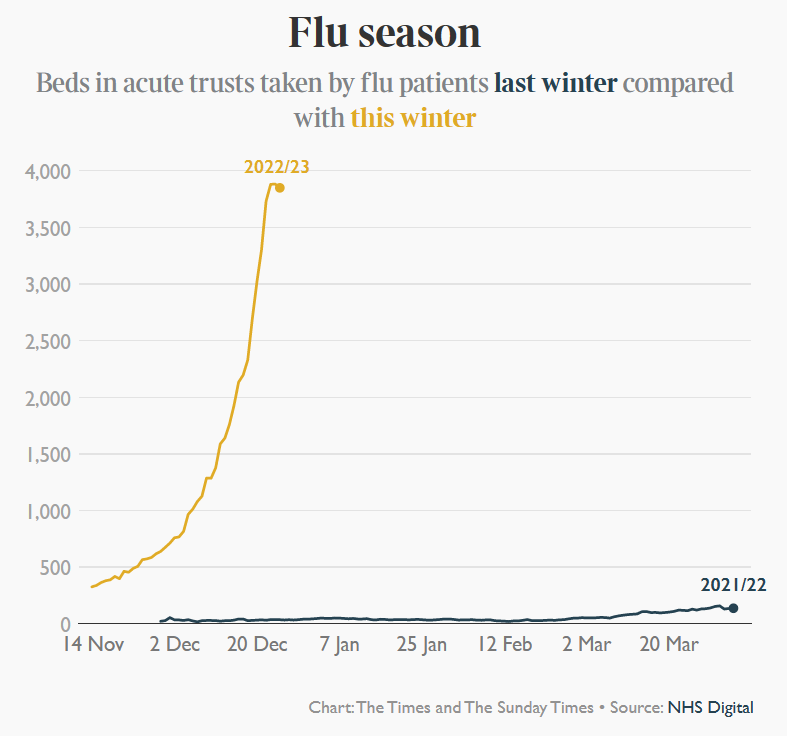Doomiest Images of 2023

30 December 2023 (Desdemona Despair) – 2023 was another year of terrifying climate and ecological disasters, and it was another year of human apathy and futility toward averting the worst outcomes. The din and aggressiveness of antiscience forces, emboldened by successful anti-vaccine disinformation campaigns, reached new levels of delusion and penetration into mainstream society. And human institutions failed once again to deliver any meaningful action on the biggest threats humanity faces.

Drought, heatwaves, wildfires, floods
We saw the usual litany of record-breaking droughts, heatwaves, wildfires, and floods in 2023. The following list is not at all comprehensive and gives only a sample of the climate catastrophes that struck worldwide.
- Spain had its hottest and driest April since records began in 1961.
- Canada experienced its worst wildfire season on record, with more than 19 million acres burned.
- Wildfires and record rainfall in Greece devastated the country in the summer, first scorching whole forests then flooding entire towns.
- As many as 10,000 people were killed after Mediterranean storm Daniel slammed into Libya, unleashing a devastating surge of floodwaters across the country’s east. The horrific flooding was made up to 50 times more likely by human carbon emissions.
- “Apocalyptic” wildfires raged out of control in Maui, destroying Lahaina Town and driving some residents into the ocean to escape the flames.
- The heaviest rainfall in Beijing in at least 140 years caused more than $13 billion in economic losses.
- Brazil hit its hottest temperature ever recorded during a searing spring heat wave in November, as drought drained the Brazilian Amazon.
- A historic heat wave brought unprecedented temperatures to Southeast Asia, smashing all-time records. Both Vietnam and Laos recorded their hottest temperatures ever observed, in some places topping 110 degrees Fahrenheit. Maximiliano Herrera, a climate historian who tracks temperature records, tweeted that the episode is “one of the most brutal heat events the world has ever witnessed,” bluntly writing that “records are being pulverized.” In addition to Laos and Vietnam, widespread record heat gripped Cambodia, Thailand, and parts of China.
Earth had its hottest year on record in 2023. Some 7.3 billion people worldwide were exposed, for at least 10 days, to temperatures that were heavily influenced by global warming, with one-quarter of people facing dangerous levels of extreme heat. “This is the hottest temperature that our planet has experienced in something like 125,000 years,” said Andrew Pershing, the vice-president for science at Climate Central.

Social media denialism
With the world literally burning, attacks against scientists by climate denialists reached a fevered pitch in 2023. Under the banner of “free-speech absolutism”, Elon Musk allowed trolls to run free on the degraded Twitter/X platform.
Around the world, meteorologists suffered abuse on social media merely for reporting on the disastrous Boreal spring and summer.
- In April 2023, meteorologist Isabel Moreno tweeted about a band of rain stretching across Europe but missing Spain. She observed, “I have never seen either that amount of responses nor that level of aggression.” It took days for her to return to Twitter/X again without feeling anxious or stressed.
- Iowa TV meteorologist Chris Gloninger was hounded off the air over his climate-change reporting.
- Doug McNeall, a statistician working on climate change at the Met Office Hadley Centre in Exeter, said in May he had blocked or muted many accounts on Twitter/X. “I got to the point where it was definitely affecting my mental health.”
A survey in August by the journal Nature showed that thousands of scientists are abandoning Twitter/X: “more than half reported that they have reduced the time they spend on the platform in the past six months and just under 7 percent have stopped using it altogether.” Another study found that climate denialism is thriving on the unmoderated Twitter/X platform.
Science is under attack in this country. It’s this larger trend. It’s really unacceptable from our perspective that anyone should have to fear for their lives for merely stating the facts.
Chitra Kumar, managing director of Climate and Energy at the Union of Concerned Scientists
“Now it’s just a cesspool of trolls and bots” dispensing hate, said Dr. Peter Hotez, an expert in vaccines and tropical medicine at Baylor University. He has disabled replies to his tweets because of the “death threats and fascination with Nazi and other hate symbols.”

Insurance companies retreat
In 2023, the financial impact of climate disasters finally forced the insurance industry to respond in a significant way.
- At least five large U.S. property insurers, including Allstate, American Family, Erie Insurance Group and Berkshire Hathaway, and Nationwide, told U.S. regulators that extreme weather caused by global warming has forced them to stop writing policies in some regions, to exclude protections from various weather events, and to raise rates.
- The drought in Spain caused the largest claim ever paid by Spanish agricultural insurance. Agroseguro, the leading agricultural insurance provider in Spain, was hit by an unprecedented payout of more than €300 million ($325 million) in compensation due to the widespread damage inflicted by this year’s severe drought.
- State Farm, America’s biggest car and home insurer by premium volume, halted the sale of new home insurance policies in California, citing wildfire risk and inflation of construction costs.
- A week later, Allstate, the state’s fourth-largest property and casualty insurance provider, stopped selling new home, condominium, or commercial insurance policies in California, writing in a statement, “The cost to insure new home customers in California is far higher than the price they would pay for policies due to wildfires, higher costs for repairing homes and higher reinsurance premiums.”

Coal expansion
Despite the widespread awareness that coal, the dirtiest of fossil fuels, must be kept in the ground if there’s to be any hope of keeping the global temperature rise below the Paris Agreement target of 1.5°C, coal mining continued apace in 2023.
- Australia continued the policy of ignoring its contributions to the atmosphere’s carbon burden with the approval of four new coal mines in May.
- Germany razed the village of Luetzerath to expand the Garzweiler lignite mine, despite protests from environmentalists who feared millions more tons of heat-trapping CO2 will be released.
- Global coal production increased by more than 7 percent compared to 2021, reaching a record high of 175 exajoules. China, India, and Indonesia accounted for more than 95 percent of the increase in global production.
In 2023, coal, the 19th-century fossil fuel, continued to have a bright future into the 21st century.

Carbon credits
2023 was the year that people finally started to recognize that carbon credits and the carbon market may be worse than doing nothing.
- An investigation by the Guardian, the German weekly Die Zeit, and SourceMaterial, a non-profit investigative journalism organization, found that the forest carbon offsets approved by the world’s leading certifier and used by Disney, Shell, Gucci, and other big corporations are largely worthless and could make global warming worse.
- Research by Corporate Accountability, a non-profit, transnational corporate watchdog, found that 93 percent of the offsets Chevron bought and counted towards its climate targets from voluntary carbon markets between 2020 and 2022 were too environmentally problematic to be classified as anything other than worthless or junk.
- Kenya’s Ogiek people are being evicted for carbon credits from their ancestral lands in the Mau Forest.
- A study by the University of Cambridge found that the majority of carbon offset schemes are significantly overestimating the levels of deforestation they are preventing.
Voluntary carbon markets declined for the first time in at least seven years, as companies including food giant Nestlé and fashion house Gucci reduced buying, after these studies found several forest protection projects did not deliver promised emissions savings.

COP28
Perhaps the most obvious harbinger of doom in 2023 was the COP28 climate summit that was held in Dubai in December. The various climate conferences have a long history of accomplishing nothing to avert global warming, but this year was notable for having Sultan Ahmed Al Jaber, head of the UAE’s national oil company ADNOC, as COP28 President, who claimed, incredibly, “There is no science out there […] that says that the phase-out of fossil fuel is what’s going to achieve 1.5°C.” He was merely echoing the official OPEC position communicated to top ministers in OPEC countries to “reject any text or formula that targets energy i.e. fossil fuels rather than emissions.”
Former U.S. Vice President Al Gore observed, “He should not be taken seriously. He’s protecting his profits and placing them in a higher priority than the survival of the human civilization.”
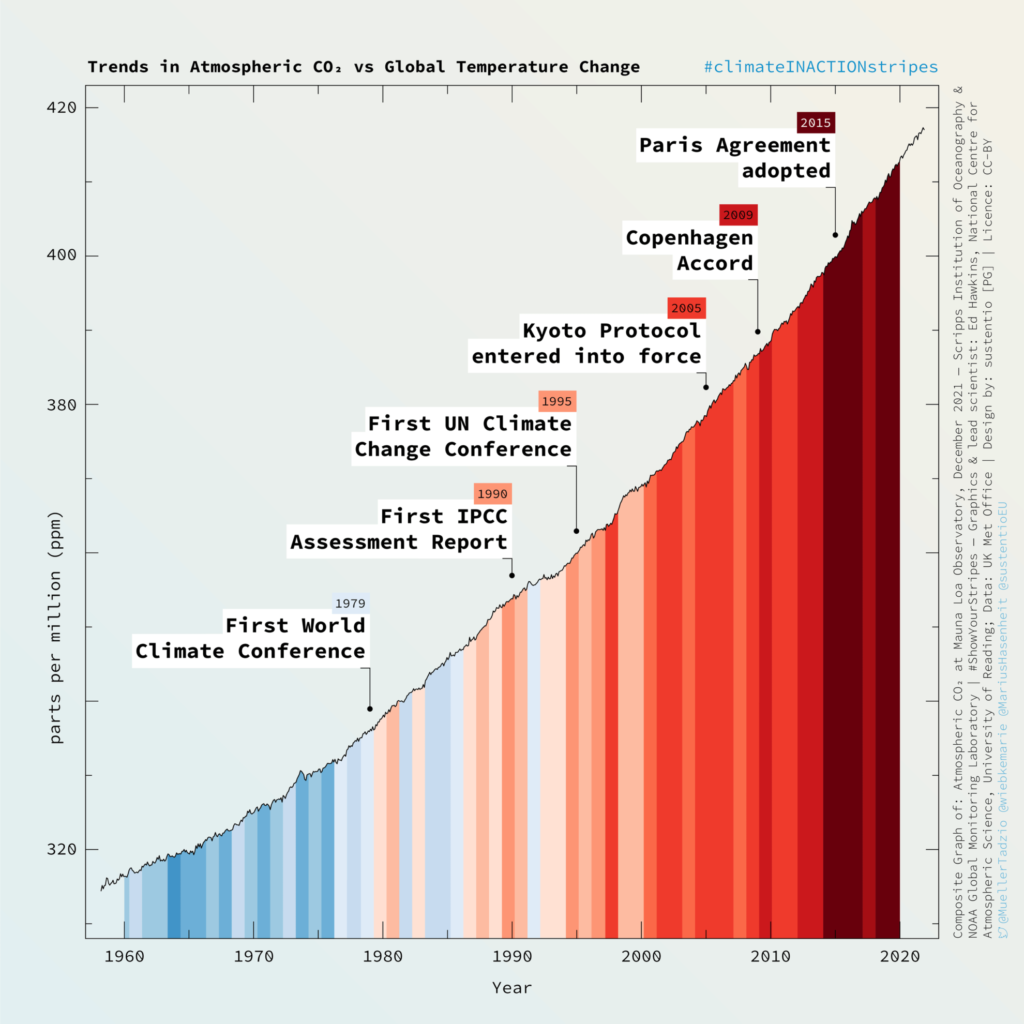
The final text of COP28 calls for “Transitioning away from fossil fuels in energy systems, in a just, orderly and equitable manner,” which was widely viewed as a victory, considering that no previous COP had called for the actual reduction of fossil fuel use. But many observers pointed out the “cavernous loopholes for the fossil fuel industry” in the text. Ultimately, none of it is legally enforceable.
Madeleine Diouf Sarr, chair of the Least Developed Countries Group, remarked, “This outcome reflects the very lowest possible ambition that we could accept rather than what we know, according to the best available science, is necessary to urgently address the climate crisis.”
The message from the COP28 climate conference was clear: business as usual.

So, it’s appropriate that at the beginning of 2023, the Science and Security Board of the Bulletin of the Atomic Scientists moved the hands of the Doomsday Clock forward to 90 seconds to midnight – the closest to global catastrophe it has ever been in its 76-year history.
- Don’t miss the doomiest graphs for 2023.
- For the doomiest content going back to 2010, check out the Doomiest Images and Graphs Index.








